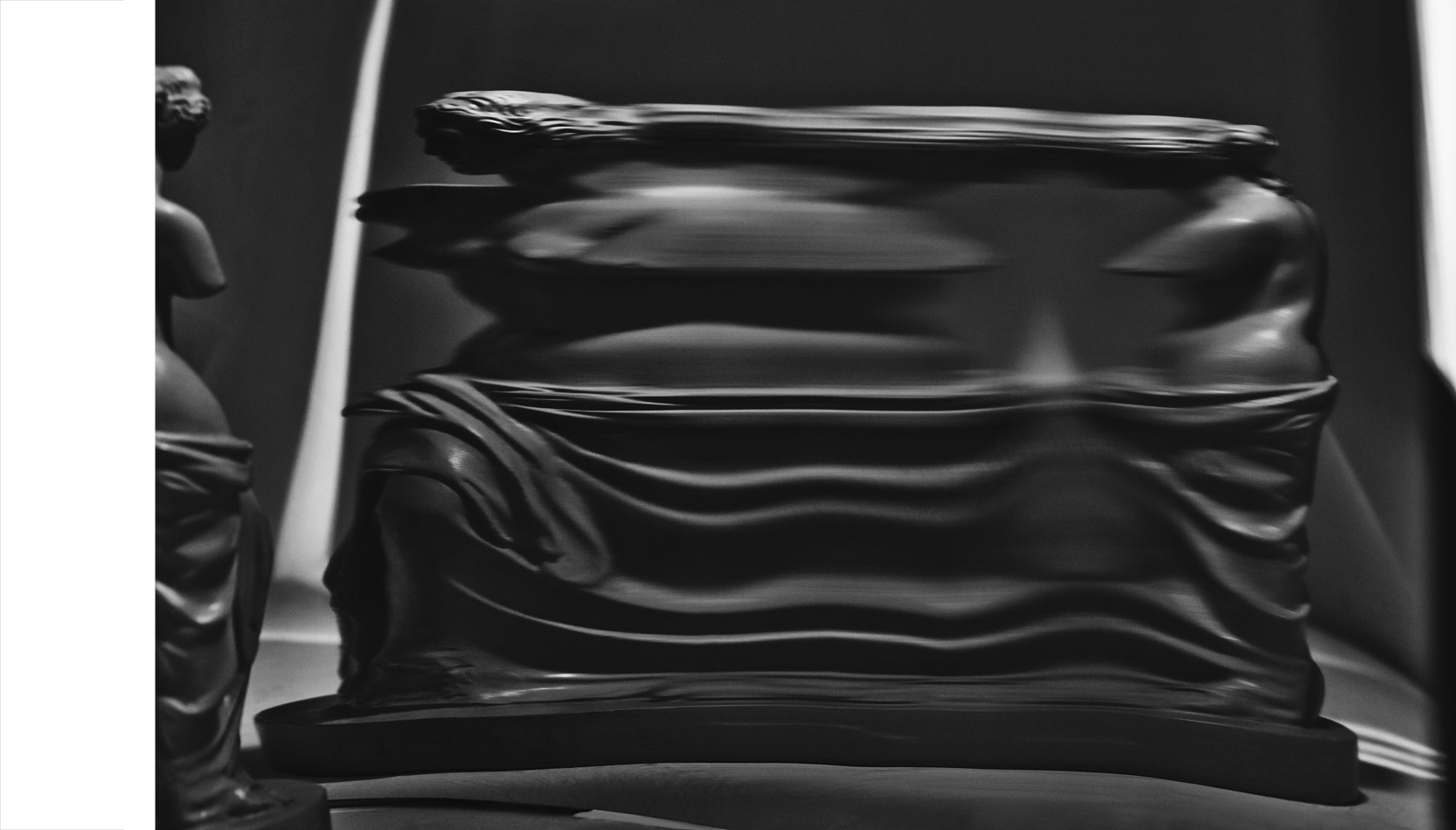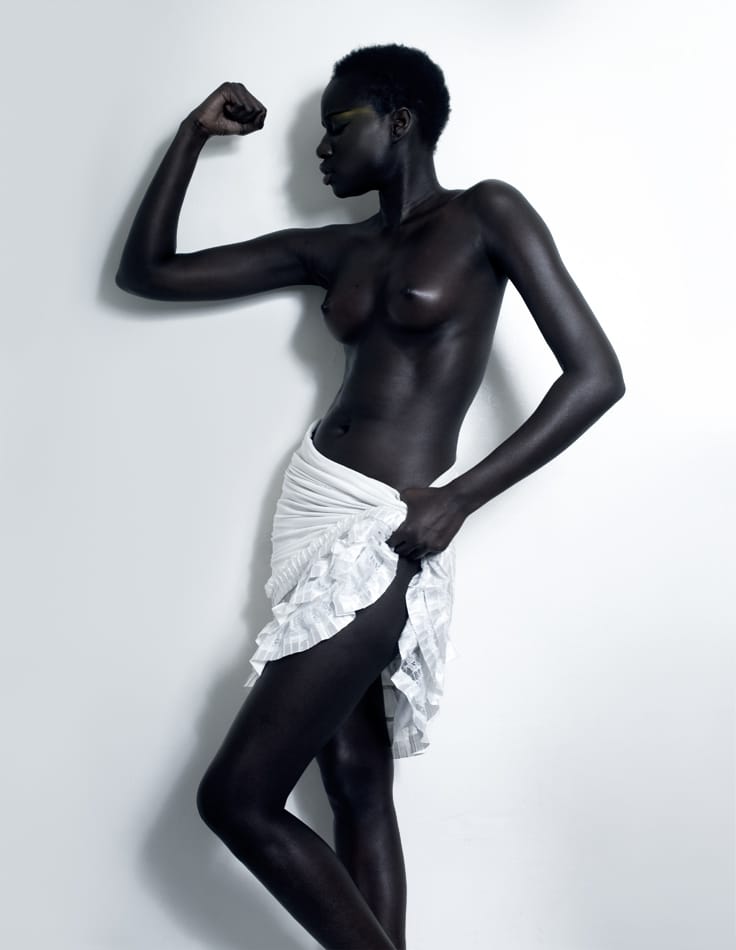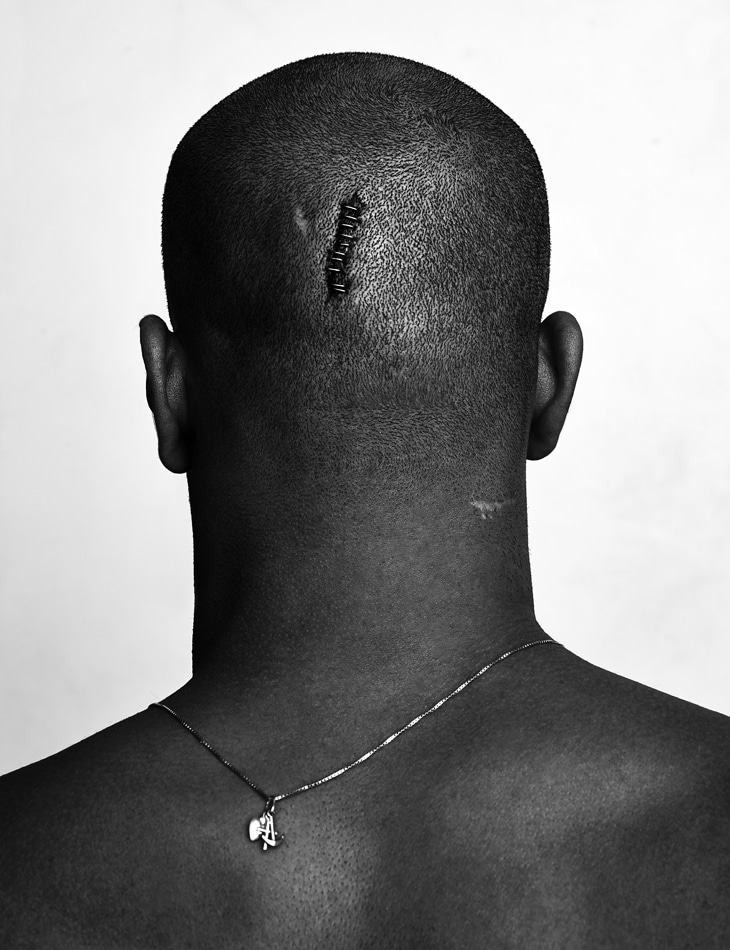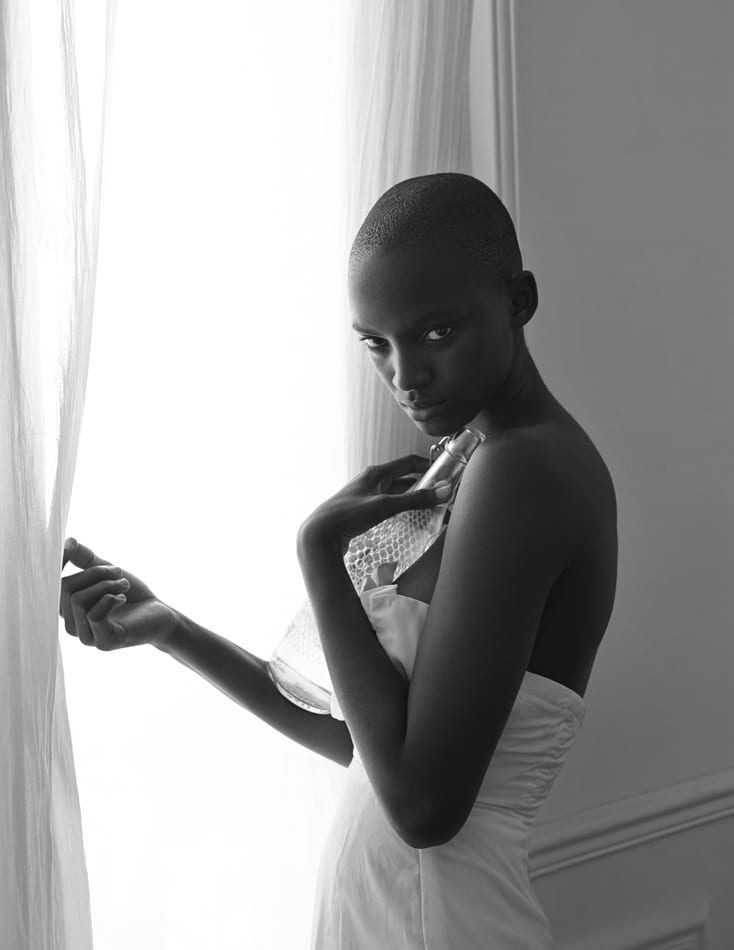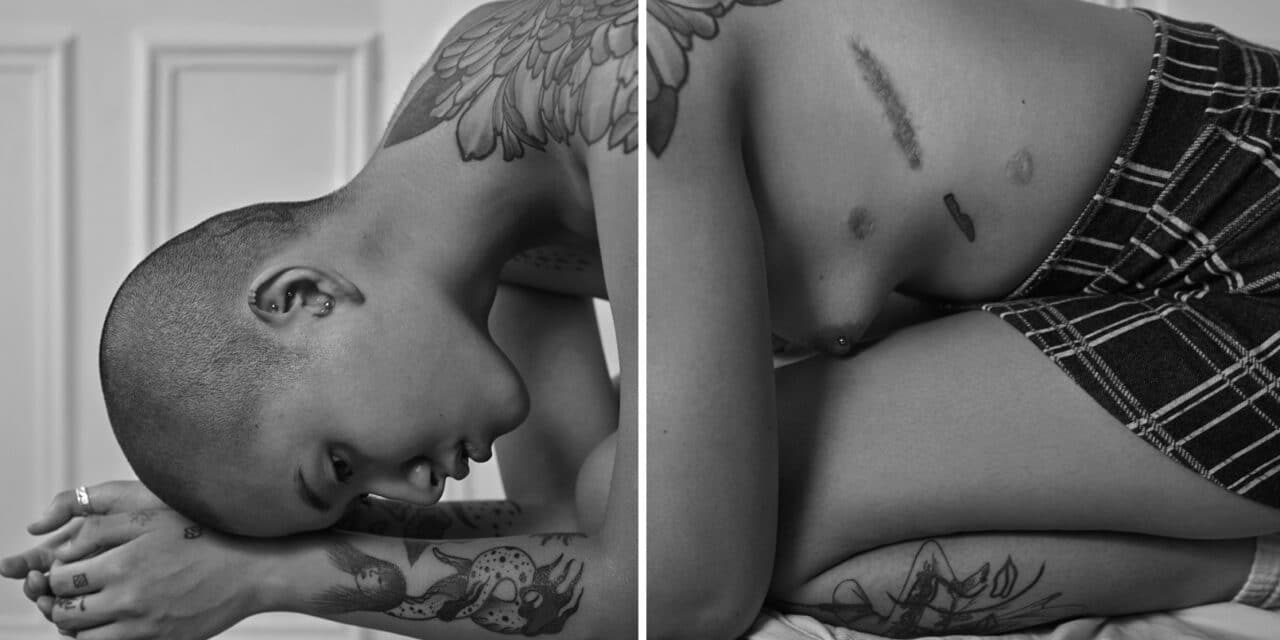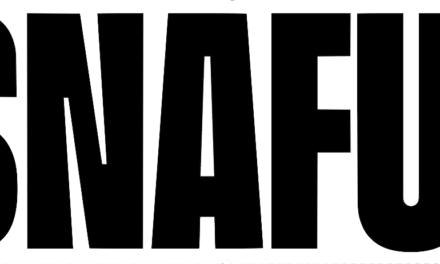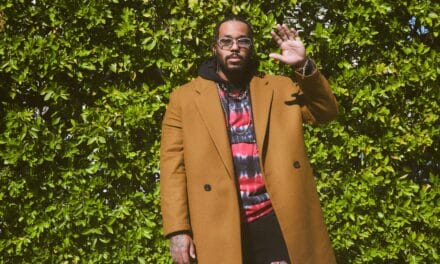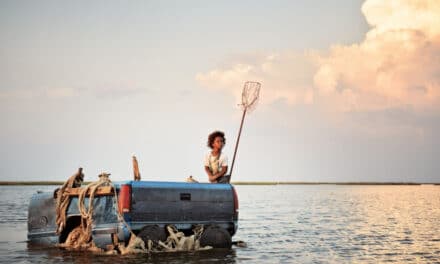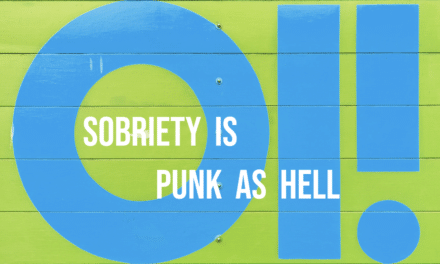Here’s one the few silverlining of being forced to stare at your phone the whole damn day: you discover some of the most inspiring and uprising artists from around the world. Our mission here at Mundane has always been giving a platform for those who don’t belong to the mainstream scenes, the irregulars, the outsiders.
Well, Parisian photographer Olivier Jeanne-Rose is certainly an anomaly in the artistic and creative landscape he grew up in. Drawing inspiration from sculpture, literature and all kinds of different art forms, his journey to become a pro is one of the most interesting and peculiar ones.
We spoke with him about his influences, background and shortcomings of the contemporary fashion industry.
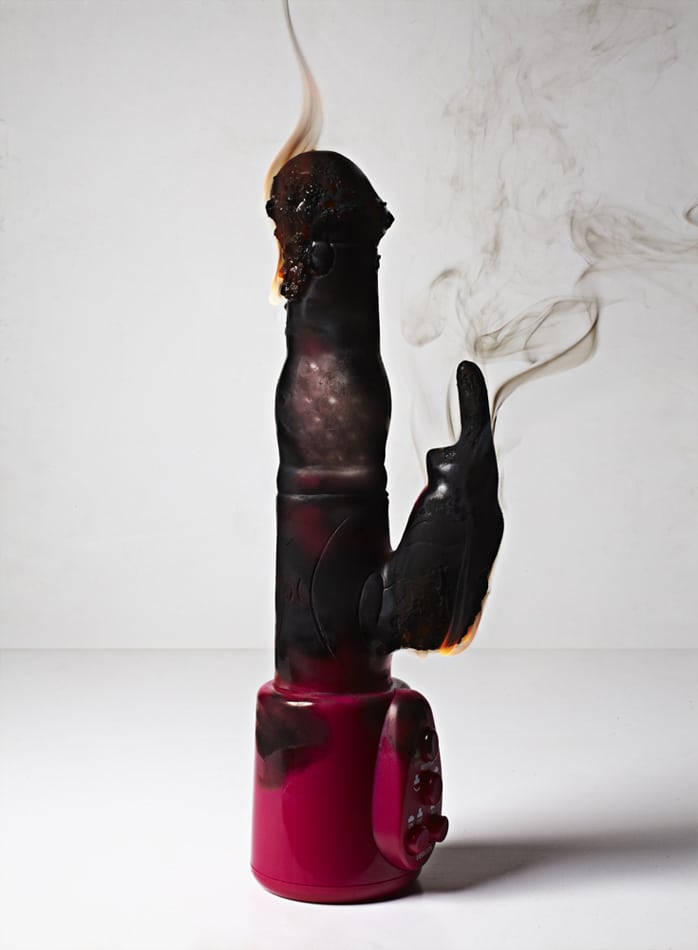
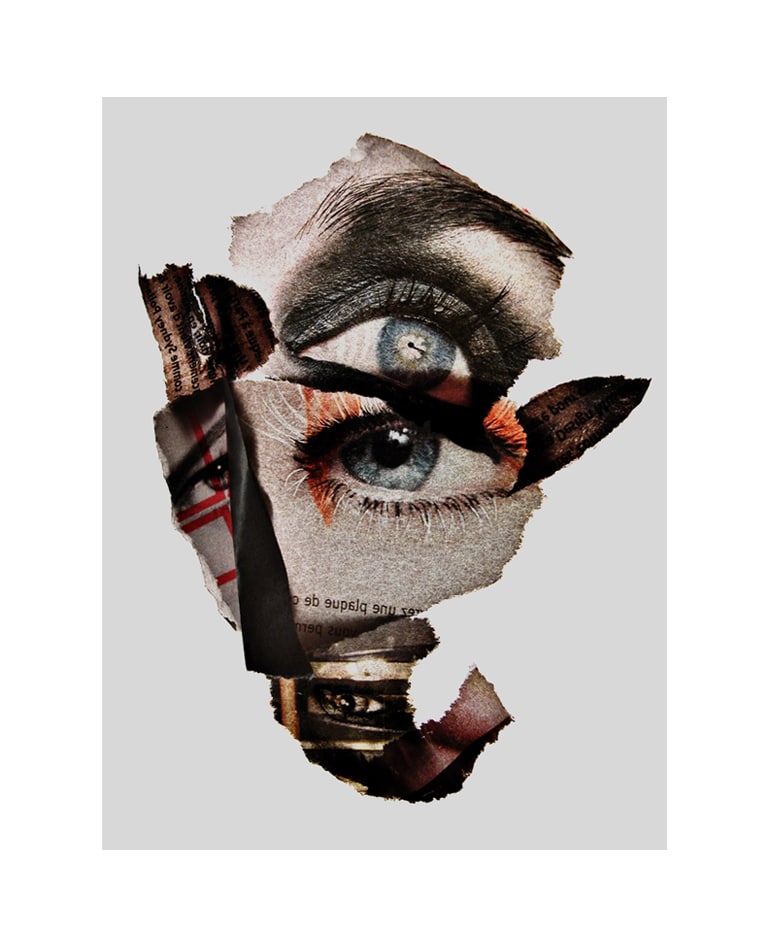
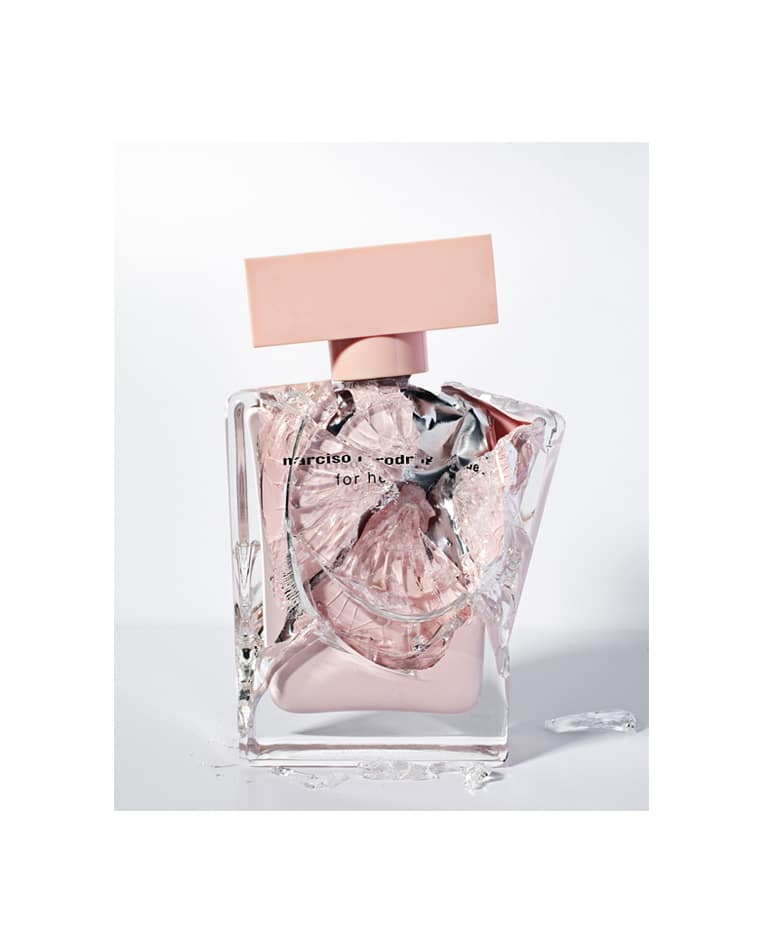
Tell us about your story and artistic background
My beginnings were very humble. I had the privilege to grow up in a beautiful district of Paris because my parents worked for several wealthy families so I was able to attend good schools in my early childhood and soak up all the culture.
Besides, my classmates opened my eyes to different things such as theaters, museums, traveling etc. which was something totally out of reach for me at that time due to my educational day to day life being so strict and rigid.
How did you decide to become a photographer?
Upon graduating high school, I turned to art history and plastic arts as I applied to the Beaux-Arts de Paris. Drawing was my favorite art form, but everything about photography began to fascinate me: shooting techniques, laboratory work etc.. I had my own darkroom and would have a camera with me all the time. I began to follow the work of amazing street photographers and reporters such as Cartier Bresson, Doisneau, Depardon, who are actual monuments of photography.
Was there a specific event that turned your career around?
A meeting with a famous fashion photographer made me leave everything and move to New York. I fell in love with the city and with photography even more as I started working as an assistant for renowned photographers and in prestigious studios.
However, Paris was always in the back of my mind and I knew that at some point I would go back and build my own career which is what I did. That’s when I became a professional: I started working with advertising agencies and several other clients which allowed me to make a living out of it.


What are your main artistic and creative inspirations?
I draw inspiration from all sorts of artistic fields: I’ve always loved the master Irvin Penn, Francis Bacon, Joel-Peter Witkin, Klein’s street photography, the empathy of Mary Ellen Mark; but also the Italian and Flemish paintings.There are so many different inspirations sources!
Is there a message behind your creations?
It’s complicated to create something that is disconnected from the noisy world around you. I try to channel into my photography all kinds of issues and subjects such as identity, gender, ethnicity, etc. but this new generation of fashion enthusiasts, designers and creatives is very lucid and I think some important issues are starting to get exposed.
What would you change in the fashion/photography scene today?
What worries me about the contemporary fashion and arts scene is the unethical nature of the textile industry and all the harm it does to the planet and to the workers who actually make our clothes. Living in a world where money is king is what concerns me the most.
